Flower Arrangement Basics Flower Arrangement Basics
In our spare time, if we can find something artistic and can cultivate our sentiments, flower arrangement is the best choice. As for flower arrangement, we can make it very beautiful even if we just fiddle with it casually, but if we want to have a more aesthetic feeling, we need to learn it.
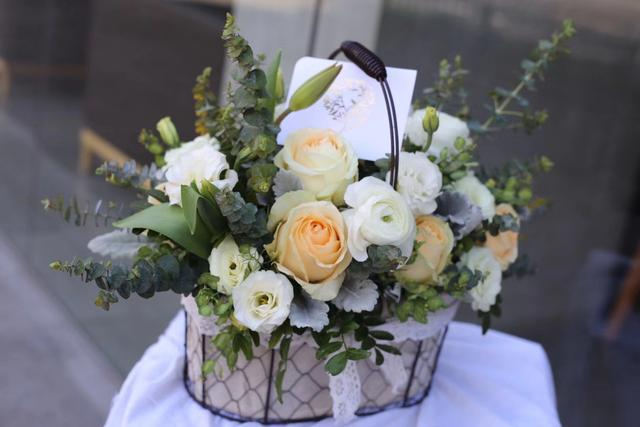
Commonly used Xi'an flower arrangement information
The flowers used for flower arrangement are called fresh cut flowers.
Cut flowers for every season: roses, lilies, carnations and chrysanthemums.
Spring cut flowers: There are many herbaceous cut flowers, such as peach blossoms, cherry blossoms, pear blossoms, crabapples, peonies, peonies, and tulips.
Summer cut flowers: lotus, water lily, hydrangea, sunflower, cut leaves (grass, spider plant, bird's nest fern, mountain goat teeth);
Fall cut flowers: more varieties of chrysanthemums, dahlias, marigolds, cockscombs, various South African imported flowers;
Cut flowers in winter: camellia, plum blossom, magnolia, amaryllis, and Australian wintersweet.
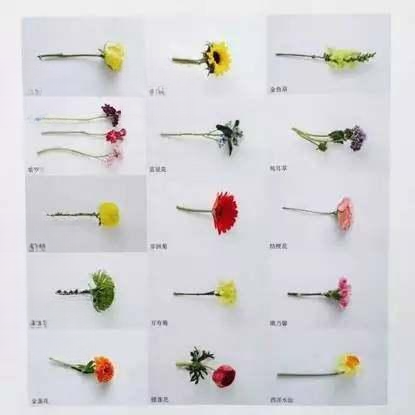
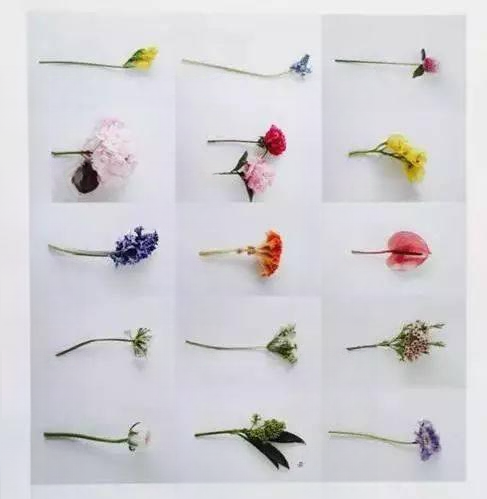
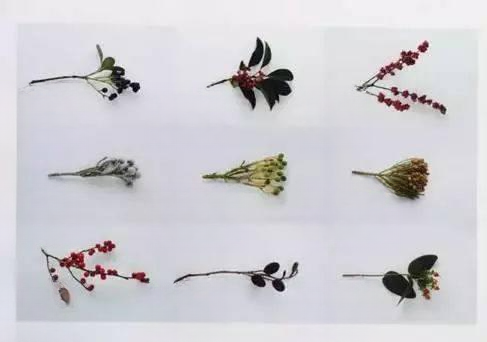
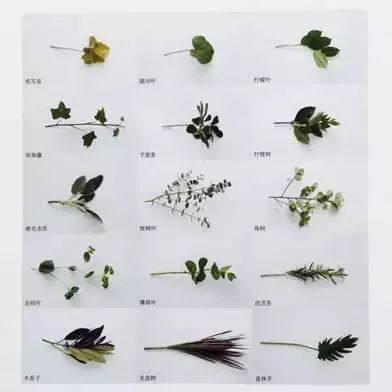
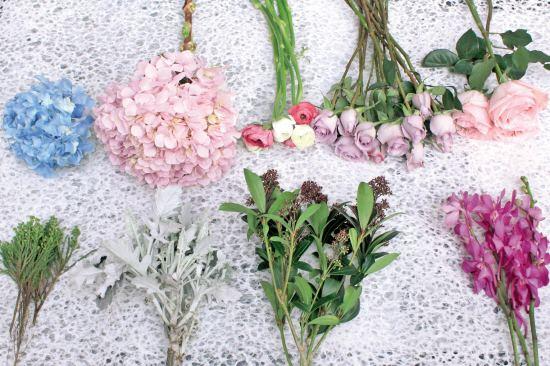
Choose fresh and healthy flowers
◆ ◆ ◆
Flower head 1
Try to choose flowers that are in bud state, or have compact and inward-retracted flower heads. You can gently shake the flowers, especially small flowers such as lace flowers and baby's breath, to see if the flower heads and petals will fall off. If they do, it means that the flowers are not very fresh or healthy.
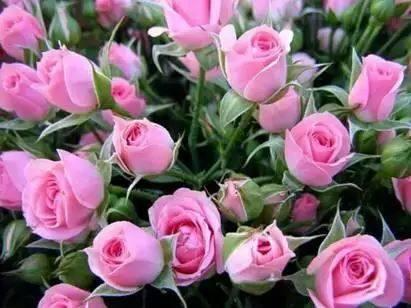
Pedicel 2
First, look at the length of the flower stalk. In order to keep the flowers fresh, the flower shop cuts off a section of the lower end of the stem every day, so that they can absorb water or nutrient solution. So relatively speaking, the longer the flower stalk, the fresher it is. Most flowers are considered fresh if the flower stalk is about 20-30cm; the rose's flower stalk should be 40-50cm.
Second, check whether the pedicel is broken or has been soaked for too long. If the pedicel is soaked for too long, it will become soft or even black. In this case, even if the flower head is good, it is not recommended to buy it. In addition, for hollow pedicels such as ranunculus and anemone, you must also pay attention to whether the pedicel is flattened or broken.
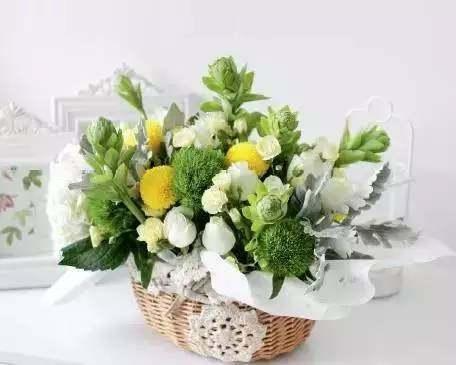
Leaf 3
Choose leaves that are upright and stretched without damage or disease spots. For small leaves like the green fan, you can also shake it gently like the baby's breath to see if the leaves fall off easily.
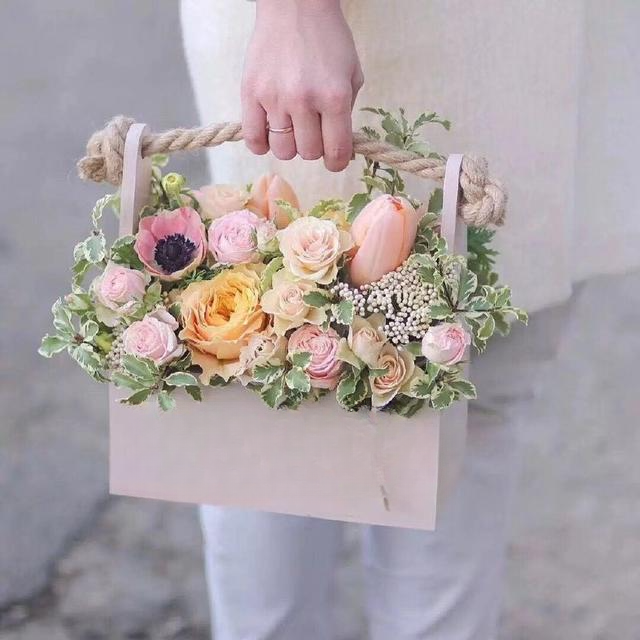
Treatment before flower arrangement in Xi'an
Remove bad flower heads and petals1
Broken petals and broken flower heads should be removed. Some flowers have multiple flower heads on one stem. You can only keep the largest or best one and remove the others. This will not only save more nutrients for the good flower heads, but also make them more beautiful.
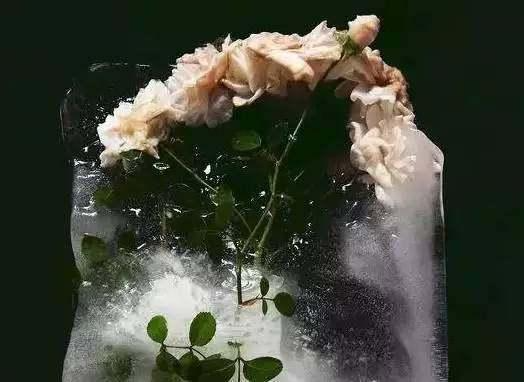
Disposal of clean flower stalks 2
Compare the height of the vase and the amount of water it holds (the amount of water is generally controlled at about 1/3-1/2 of the vase), and use "no leaves in the water" (if using floral mud, ensure that "no leaves in the mud") as the standard. Cut off the leaves from the roots. For roses with thorns on their stems, it is best to remove the thorns without scratching the epidermis.
Cut the flower stalks obliquely and cultivate them in water 3
The treatment methods of the ends of the pedicels of different flowers are slightly different: ordinary pedicels are cut obliquely with flower shears, hollow pedicels are cut flat with flower knives or sharp fruit knives, and branches are cut into crosses with branch shears. This is done to enhance the water absorption ability of flowers, branches, etc. and to extend the appreciation period as much as possible.
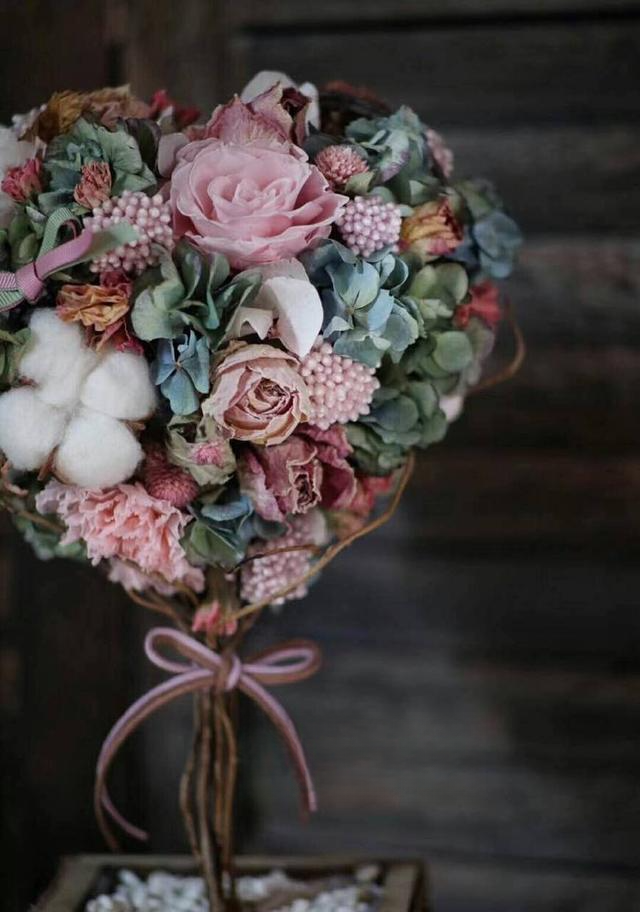
Make the flowers enjoyable for as long as possible
Picking fresh and healthy flowers is the first priority. Secondly, change the water frequently, once a day or every two days.
Every time you change the water, you should clean the vase and pedicels, and remove the petals that are about to fall off. You can use a long-handled vase brush to clean it, or try a test tube brush or a bottle brush. Be sure to clean the bottom of the vase and the water level.
You can add a little baking soda or sugar to the water to supplement the nutrients of the flowers, so that they can live more nourished and bloom longer.
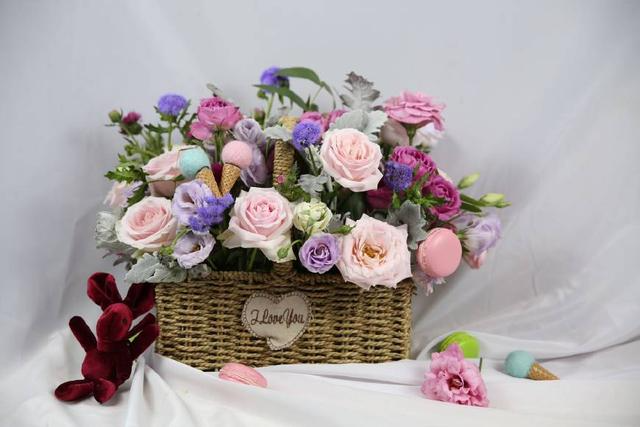
tool
Flower scissors 1
Professional florists usually use floral knives, but beginners can use floral scissors. The heads of scissors are either round or pointed, but the handles are relatively thick and the blades are relatively sharp, which makes it easier to cut the stems of flowers and ensure water absorption.
Branch shears 2
Cut branches of peach blossoms, cherry blossoms, etc.